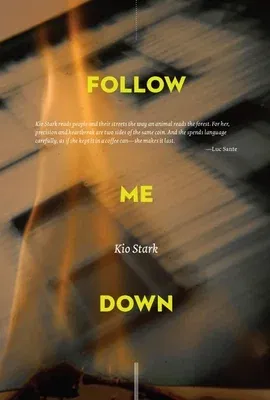It begins with an envelope. Twenty years old, maybe more, with the dust
of the dead-letter office still clinging to the stained, fraying paper.
It arrives in the mailbox of Lucy with the address of a vacant
neighborhood lot barely legible on the front. Inside she finds only a
photograph of a man she does not recognize, but whose face captivates
her instantly. She hunts for him, feeling for blind answers in the
boroughs of her soul and city. The details of her world -- of a
neighborhood decaying and maimed in daylight, yet pulsing with some
hidden life in dark; the shaded, shifting menace of shadow on the night
sidewalk -- blur together through the fogged lens of her favorite
plastic camera, and the casual banter of summer afternoons evaporates
into the hiss of something missing, leading Lucy across the darkened
city, from the canal slicing through her neighborhood over the rivers at
the city limits, its mystery resolving into vivid, caustic focus in the
book's concluding scenes. Follow Me Down owns moments both wondrous in
their sympathy and wild in their desolation, as Stark culls from the
crumbling city setting characters mercurial and impassable, joyous and
redemptive.

